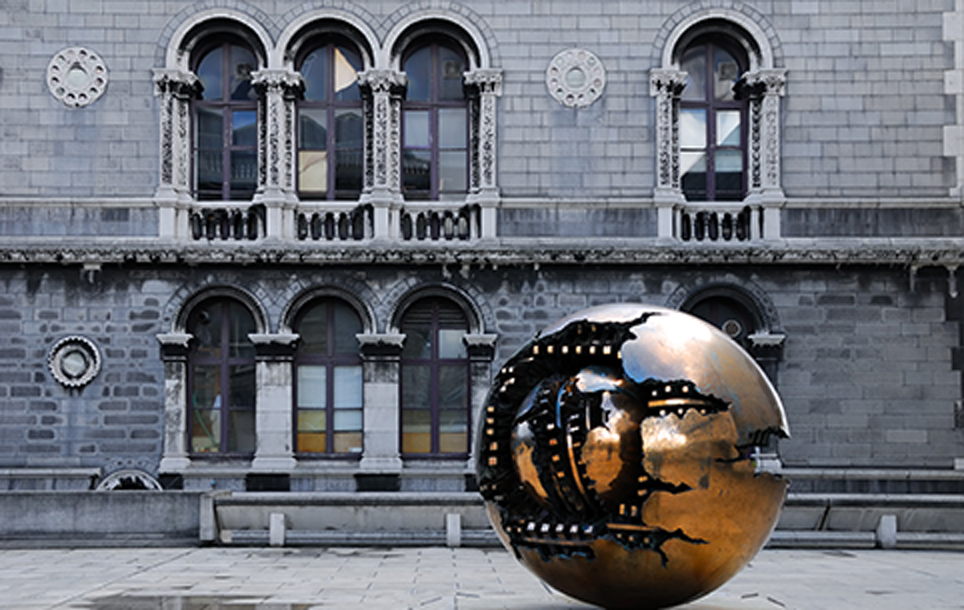Opportunities and Outlooks
This year, we have seen significant volatility in markets and the impact of inflation and interest rates taking hold. In the Irish housing market, the gap between supply and demand has never been greater. We are also witnessing a transforming banking landscape.
On the 26th October we were delighted to host our Autumn Investor Evening, hosted by broadcaster and former politician Ivan Yates with our panel to discuss the issues facing Ireland and the global economy.
Phil Byrne, Deputy CIO and Head of Equity Investments with Merrion Investment Managers opened with an update on global markets.
There has never been a year in history when bonds and equities have both been down by as much as they are now. The root cause of the current financial distress in global markets lies with Central Bank policy, particularly the actions of the Federal Reserve who have squeezed five years’ worth of tightening into five months. The consequences of this unprecedented tightening have been instantaneous with a textbook hit to valuations of all assets, especially high growth equities.
However, there is abundant evidence that inflation, especially in the US, has peaked, and if inflation has peaked, policy has peaked. Nearly every financial indicator shows US inflation rolling over from here and slowing rapidly towards this time next year, “the headwind of squeezing 5 years of tightening into 5 months could become a gentle tailwind for assets over the next few years”.
Peak inflation and peak policy should provide investors with an investment backdrop ripe with opportunity, and we feel that asset prices will fare much better next year as markets have already priced in the lagging impact of rate rises.
Lower risk investors can finally get a yield on short term bonds, dividend investors can get incredible yields on banks, energy and mining stocks, and growth investors can get exposure to stocks at half the valuations that they could get 6 months ago.
The quote “trees don’t grow to the sky” is often used by those sceptical of long-term investing. However, the best trees, like the best investments, last a long time and bear you fruit every summer, no matter how bad the winter has been. This year a more appropriate phrase would be “weeds don’t grow to the sky.” We have faced many weeds this year, but these challenges have come and gone. Now, we expect that the biggest weed in markets this year, the Fed’s extremely aggressive tightening, will begin to slow after their November rate hike.
Next, we heard from Marian Finnegan, Managing Director of Sherry FitzGerald Residential & Advisory, who presented an overview of the Irish Property Sector.
The labour market is the most important indicator for what is going to happen in the property market. In Ireland, a growing economy coupled with low unemployment rates means demand for property will continue to rise.
The housing crisis in Ireland is at a critical level with supply at an all-time low. Last year, there were 54,600 transactions in the Irish housing market, a figure that should be closer to 80,000-90,000. The main reason for so few transactions was the lack of new homes that have been built.
20,433 new dwellings were completed in 2021. Based on the latest census figures we should be building over 50,000 dwellings per year if we want to bridge the gap between supply and demand.
Simply put, we are not building enough houses. The Government needs to address this by bringing in incentives that would encourage development and reduce the current taxes and levies that are disincentivising development.
Even worse than the housing crisis in Ireland is the rental crisis. The level of regulation and tax, as well as the change in pension laws, has fuelled a mass exodus of landlords from the Irish marketplace.
The Government must take an active approach to making Ireland a more attractive place for both developers and landlords, or they will risk crippling growth as younger people will be forced to emigrate abroad.
When it comes to house prices, the massive gap between supply and demand has pushed prices upwards. However, the increase in the price of housing, which increased rapidly in the months after Covid, has begun to slow slightly this year. House prices increased 5.5% in the first 9 months of 2022 compared to 7.1% in the same period in 2021.
Finally, Eamonn Crowley, CEO of Permanent TSB, spoke about the Irish banking sector and the changing banking landscape.
The banking industry is going through significant and fundamental changes which present opportunities for Irish banks including Permanent TSB.
The departure of Ulster Bank and KBC has transformed the Irish banking landscape and thrown down a gauntlet to the three remaining Irish banks. In addition, the industry is facing rapid technology changes, increasing competition from digital players such as Revolut, and a new interest rate cycle following recent ECB rate hikes.
While bank customer behaviour is changing, PTSB’s belief is that branch banking and digital banking both have a significant role to play going forward.
Ireland currently has the largest workforce it has ever had and the IMF projects that the Irish economy will grow by one third in the next 5 years. In addition to this it is expected that the Government will be forced to address the supply & demand imbalance in the housing market which will translate into a larger mortgage market. All of this means more banking requirements, and massive opportunities for Irish banks.
Please email Marketing here if you wish to watch a recording of the event.


